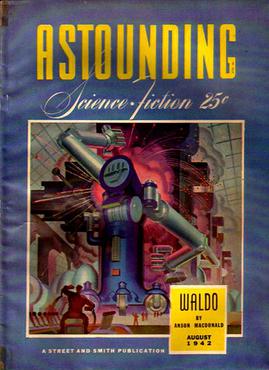Historical Note It’s appropriate on this July 7 to make at least a reference to the history of ideas that lies behind the Feynman Path. That’s because July 7 is the (102nd) birthday of Robert A Heinlein, the famous SF writer, futurist, and inventor. His invention of interest is the “Waldo F. Jones Synchronous Reduplicating… Continue reading Feynman’s Path to Nanotech (part 2)
Feynman’s Path to Nanotech (part 2)

